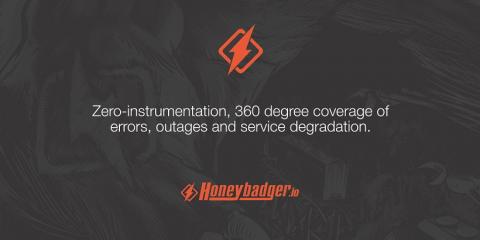Systems | Development | Analytics | API | Testing
Rails
Handle Incoming Webhooks with LiteJob for Ruby on Rails
In parts one and two of this series, we only dealt with the pure CRUD aspects of using SQLite as a production database. In this post, we will explore the world of queue mechanisms, using SQLite as the pub/sub adapter for ActiveJob. Let's make use of LiteJob to handle incoming webhooks in our Rails application.
How to organize your code using Rails Concern
A Deep Dive Into LiteDB for Ruby on Rails
In the second post of our series covering LiteStack (an alternative way to build Rails applications entirely based on SQLite), we'll explore the database's concepts of flexible typing and type affinity. We'll not only discover how SQLite's data handling differs from other SQL databases, but also how we efficiently process and store binary data, like images, directly in a database column. Note: LiteDB is essentially SQLite, but fine-tuned for usage in Rails.
Advanced Usages of Action Policy for Ruby on Rails
In part one of this series, we looked at some basic usages of Action Policy. Now we'll leverage Action Policy for more advanced authorization use cases. First up, let's explore applying pre-checks.
FactoryBot for Rails testing
Using Action Policy for a Ruby on Rails App: The Basics
To keep your app secure, you need to control who and what can access it. Access control can be categorized into authentication — "who" to allow — and authorization — "what" they can access. Authentication is a subject for another day, but when it comes to user authorization, you generally have two ways to go about it: using a role-based or resource-based strategy. In this two-part series, we'll take a deep dive into using the Action Policy gem for a Ruby on Rails blog application.
An Introduction to LiteStack for Ruby on Rails
In this series of posts, we will look at LiteStack, a one-stop-shop solution that hosts and processes all your production data on a single machine. LiteStack (as the name suggests) makes use of SQLite to provide: In this first post, we'll introduce the basics of LiteStack and set up an example Rails application. Let's begin!
An Introduction to Sidekiq for Ruby on Rails
Sidekiq allows Ruby developers to maintain fast and responsive web applications by moving time-consuming tasks into the background. With multithreading at its core, Sidekiq can process many jobs at once. This makes Sidekiq an important part of Ruby or Rails applications that handle heavy loads or perform tasks like sending emails or processing files.
How the Rails params hash works
Uncover the inner workings of Ruby on Rails with our dive into the Params hash—an essential component for handling HTTP requests. From query params to avoiding injection, this article will elevate your understanding of Rails, providing you with the tools to create more secure and efficient web applications.








